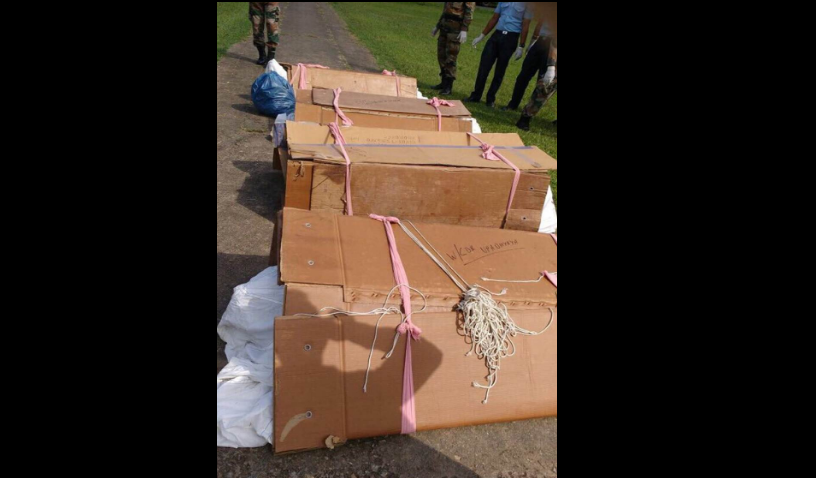
NEW DELHI: ‘Fallen’ soldiers evoke tremendous emotions, passions and reverence within the soldering fraternity. The dignity accorded to them emanates from the sacred warrior credo that, ‘you leave no man behind’ – physically, emotionally and spiritually.
This truism resonates from the US Rangers (fifth stanza of the Army Ranger creed), the 7th article in the Code d’honneur du Legionnaire (“In combat you act without passion or hatred. You respect vanquished enemies. You never surrender your dead, your wounded, or your weapons”), as indeed, in the timeless DNA of the Indian Armed Forces.
It is therefore hardly surprising that all professional militaries are steeped in the highest ceremonial sensitivities, symbolic traditions and etiquettes, when it comes to the solemn occasion of handling the ‘fallen’ brothers.
Strict protocols and traditions are laid determining the handling of the poignant moment – with the ultimate respect afforded by the draping of the warrior’s coffin with the National flag.
This spirit was profoundly echoed by a 24 year daredevil, Captain Vikram Batra PVC, who besides immortalising, “Yeh dil maange more!” had also prophetically stated, “Either I will come back after hoisting the Tricolour, or I will come back wrapped in it. But I will be back for sure”, and indeed his body came wrapped in the Tricolour, as the nation mourned its valiant son who paid the ultimate price.
At military funerals the uniform, saluting protocols, gun salutes to laying of the wreaths – the somber occasion has an unmistakable air of decorum, structure and nobility attached to the entire proceedings. The hauntingly melancholic, ‘the last call’ is played by the military buglers signifying the end of the soldier’s journey, as an unforgettable ode to his martyrdom.
It is in this context that the ‘Coffingate scam’ in the aftermath of the Kargil victory, acquired a hugely emotional import and dimension, beyond the standard contours of procedural lapses and financial compromises.
Recently the pictures showing the dead bodies of seven soldiers of the IAF helicopter crash, wrapped in paperboard cartons with ropes tying the makeshift coffins, as opposed to body bags have militated against the conscience and natural emotions of all. The coincidence of the moment, with the Air Force Day celebrations, added to the immediate irony.
The virulently polarised and politicised environment of the day, which has deeply infected mainstream polity, has not spared the relatively insulated domain of the Armed Forces, and soon calls of ‘disrespect’ and ‘apathy’ were countered in equal measure by trolls counter-claiming the needless politicisation of the tragedy – unfortunately today, events like the civilian tragedies runs the risk of vitiating the environment for a proudly, apolitical Defence Forces. Therefore it is important to understand the background, prevailing circumstances and the need to remain ever-sensitive to such symbols of military honour, correctness and above all, pride.
Thankfully, the military institution reacted swiftly and the Army’s Additional Directorate General of Public Information, immediately clarified that the wrapping of corpses in the ‘local resources’ as an ‘aberration’ and as a situational necessity, and further added that the soldiers were ultimately given full military honours by the Air Force.
Willy-nilly the Defence Forces acknowledged the basic unacceptability of the initial handling, but perhaps attributable to the constraints of the helicopter crash that took place at a height of 17,000 feet in Tawang sector.
That a lot of ‘forward’ areas do not have body-bags is a reality, as they are equipped by just about the bare-essentials of the administrative wherewithal, not the ideal situation, but the reality, nonetheless. The issue was rightfully and promptly doused by timely response and necessary clarifications by the officials.
However terming the heartbreaking images that would naturally infuriate the sensibilities of all, especially those who are serving and the Veteran community as needlessly, ‘creating a controversy’, is equally unfair and unnecessary. Any soldier worth his salt who has served in the Uniform, would be instinctively hurt at the initial images, and is in his full right to question and demand a correction to the perceived indignity, inherent in the images, to his sacred institution.
It is important to recognise that the serving institution rightfully expresses no opinion or dissenting voice, as that could complicate the institutional construct, ethos and efficacy. Therefore it is invariably the Veteran community that espouses institutional causes that are perceived to be detrimental, hurtful or insulting.
It is the Veterans who have been in the forefront of expressing serious displeasure on issues like the OROP, slides in Pay Commissions, concerns on material and personnel adequacies, overstretched deployments et al – as long as these concerns emanate from the singular motive of protecting the institutional steel, pride and dignity, no political motive or dimension needs to be read, thereon. Like the serving fraternity, when it comes to issues pertaining to the Services only, the Veterans ought to maintain political indifference, distance and rectitude.
Already, over the decades the politico-bureaucrat combine has pushed the Services to a stage bordering neglect and despair. The last thing the institution needs is a further snubbing of its ‘voice’, however uncomfortable it is to any political dispensation – the soldier fights for the nation only, and not for any political party. Thus the Veteran lamenter and the counter-trolls need to spare the taints of political aspersions on such queries.
The significance of the ‘fallen’ soldier can be gauged from the fact that the Republic Day parade starts with the PM and the three Chief’s saluting the Amar Jawan Jyoti (Tomb of the Unknown Soldier). The marble cenotaph of the rifle and a helmet with an eternal flame is unfathomable in its emotive significance.
As the other inspirational epitaph of the ‘fallen’ soldier at the Kohima cemetery evocatively states, “When you go home, tell them of us, for your tomorrow, we gave our today”.
This incident was indeed an ‘aberration’ as stated, which logically evoked initial concerns by Veterans – matter ends with no political or personal aspersions or bickering, as the dignity for the ‘fallen’ soldier, is foremost.
(Lt General Bhopinder Singh (Retired) is former Lt Governor of Andaman and Nicobar Islands & Puducherry)






















































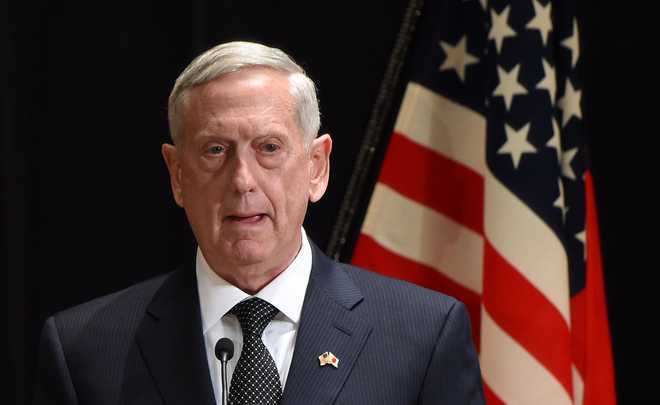
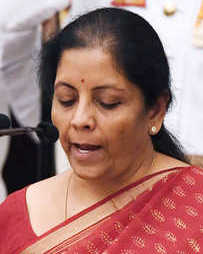

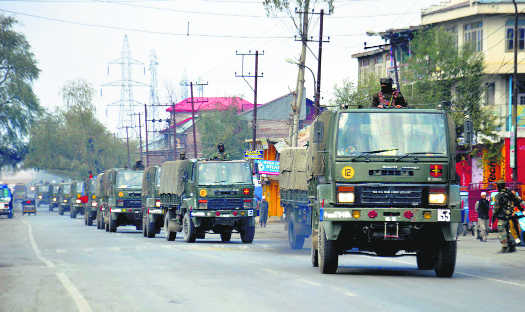
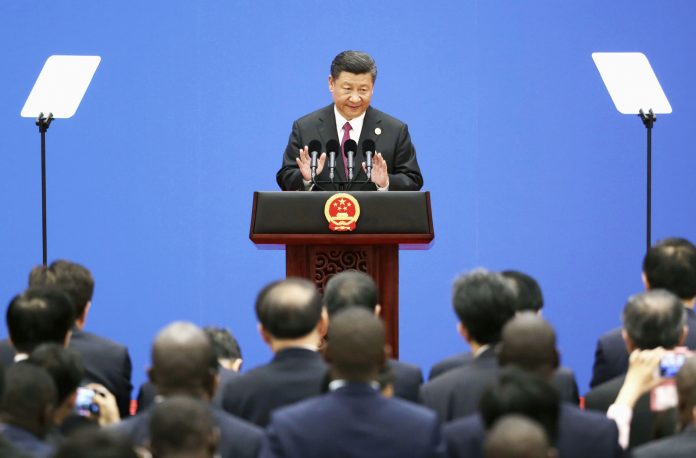

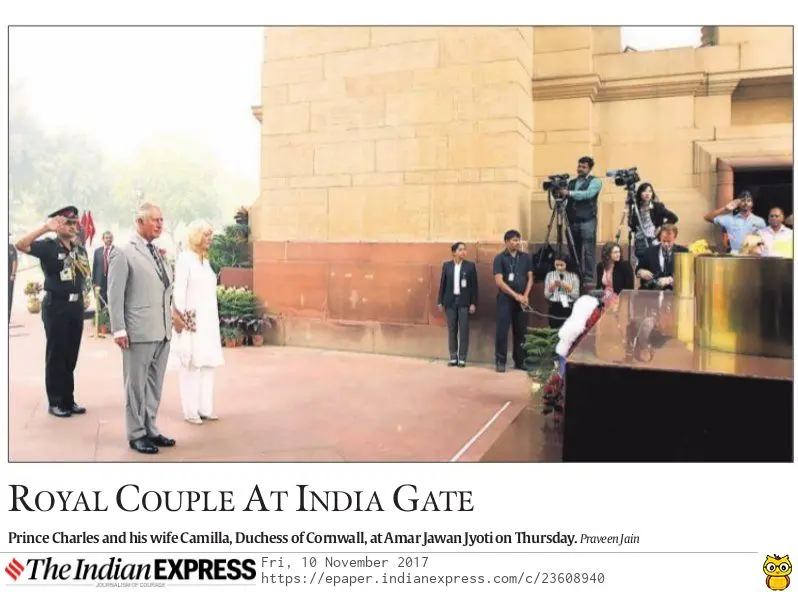

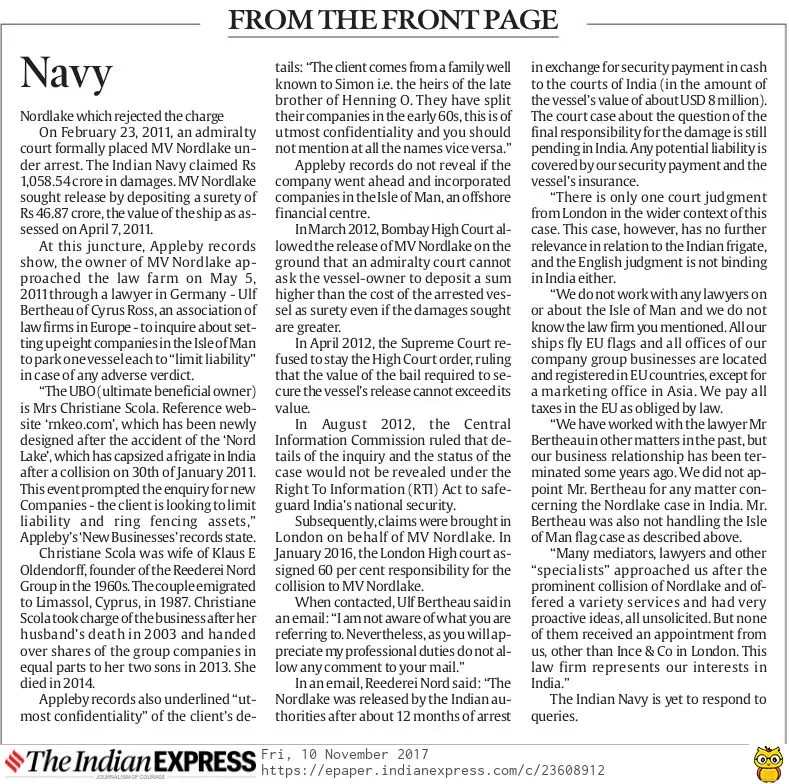
 PTI FILE
PTI FILE


























































